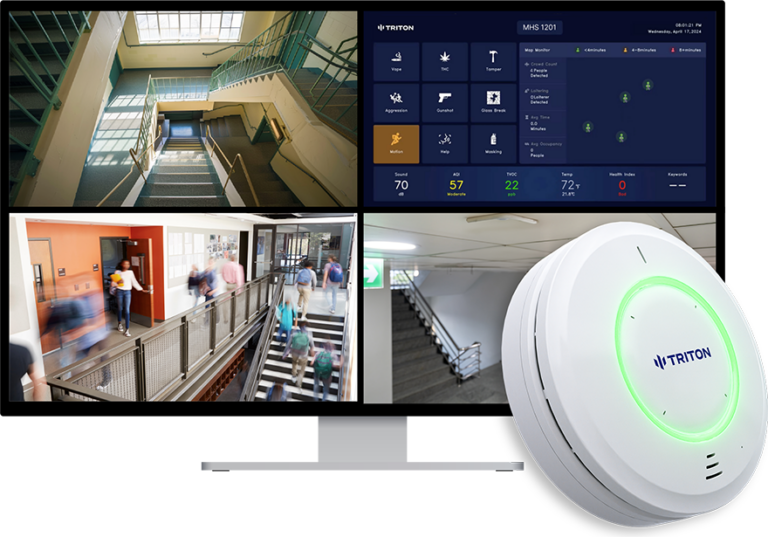In the past, e-cigarettes seemed unstoppable inside schools. Students would sneak into bathrooms where THC and flavored nicotine vapors were undetectable. Teachers and administrators were in a state of despair until districts turned to a vape detection system.
Schools across the nation have reported major achievements, demonstrating just how innovative technology can be in fighting the smoking epidemic.
A Case Study: Cutting the amount of vaping by 83% over 10 Weeks
Luling Independent School District had a major issue with vaping. Despite multiple warnings and tighter rules, students continued smoke in lockers and bathrooms rooms. Smoke alarms do not work to detect vapor and staff members can’t be everywhere at once.

In March, the district put in several vape detectors at schools to test the technology. The results were shocking. The number of instances of smoking vapes decreased dramatically within five weeks. In the span of ten weeks, the vaping rate had fallen by 83%..
The success of the program went beyond just numbers. Teachers reported less interruptions and students began to understand that smoking will not be tolerated.
Match Charter Schools also enjoy similar successes
Match Charter Schools is another impressive example. They struggled to reduce smoking vapes in middle and high schools. They set up vape smoke alarms in the month of August and witnessed immediate improvements.
By December just four months after, the administration reported the 80% reduction in the number of vaping incidents per week. Parents applauded the school for adopting concrete measures to safeguard students, and teachers observed a clear reduction in hallway loitering and bathroom crowding.
These two districts illustrate the growing tendency: schools that implement vape detection see measurable improvements in both behavior and overall security.
What is it that makes vape detectors so Effective?
The secret to these outcomes is in the technology. Modern vape detectors don’t just sense vapor; it also measures air quality as well as monitors occupancy and sends real-time alerts to staff. Administrators no longer need to rely upon guesswork or reports that are basing their decisions on information that has been gathered later.
Detectors are also built with privacy in mind. No cameras. No audio recording. No audio recording. Just instant, accurate data that aids schools in acting quickly and without violating student’s rights.
The combination of efficiency with compliance, affordability and effectiveness is what makes vape detectors an efficient safety tool that schools can implement today.
The Safety Net extends beyond Vaping
The thing that many administrators appreciate is that detectors extend beyond vaping prevention. Modern systems are able to detect loud noises and keywords which are connected to emergencies and vandalism.
For instance, if a group of students starts lingering in a bathroom The detector will be able to detect the high occupancy. Staff will be alerted in the event that someone shouts “help” or any other distress-related keyword. Vape detectors in schools can form part of a wider strategy to address both potential threats to health and violence.
Parents and Boards are in support of Vape Detectors
Transparency is one of the benefits that’s often overlooked. Schools using detectors can generate reports that clearly reveal patterns in vaping. These reports are then distributed to parents schools, school boards, and the general public to demonstrate the concrete steps that have been taken.
Parents in particular are more than happy when they see concrete results. A vape smoke detector isn’t just catching students it’s protecting their health and reinforcing the message that vaping has no place in schools.
What should you learn The most effective path to take
In the past, smoking cigarettes seemed like an invisible war that schools were unable to beat. However, studies of districts across the nation prove otherwise. Administrators can detect risks and deter risky behavior immediately using a vape detector. This provides an environment that is safer for students.
Vaping is still a concern however, it’s changing. Vape detection technology doesn’t just serve as a response to the issue, but an opportunity for schools take the lead in creating a healthier environment for their students.
Conclusion
Schools across Texas and Massachusetts are proving technology works. Modern vape detectors do far more than simply sound an alarm. They influence behavior and build trust, as well as providing a long-lasting solution for today’s biggest student health challenge. In any school district that cares about security, vape detectors for schools have become a norm. they’re the norm.